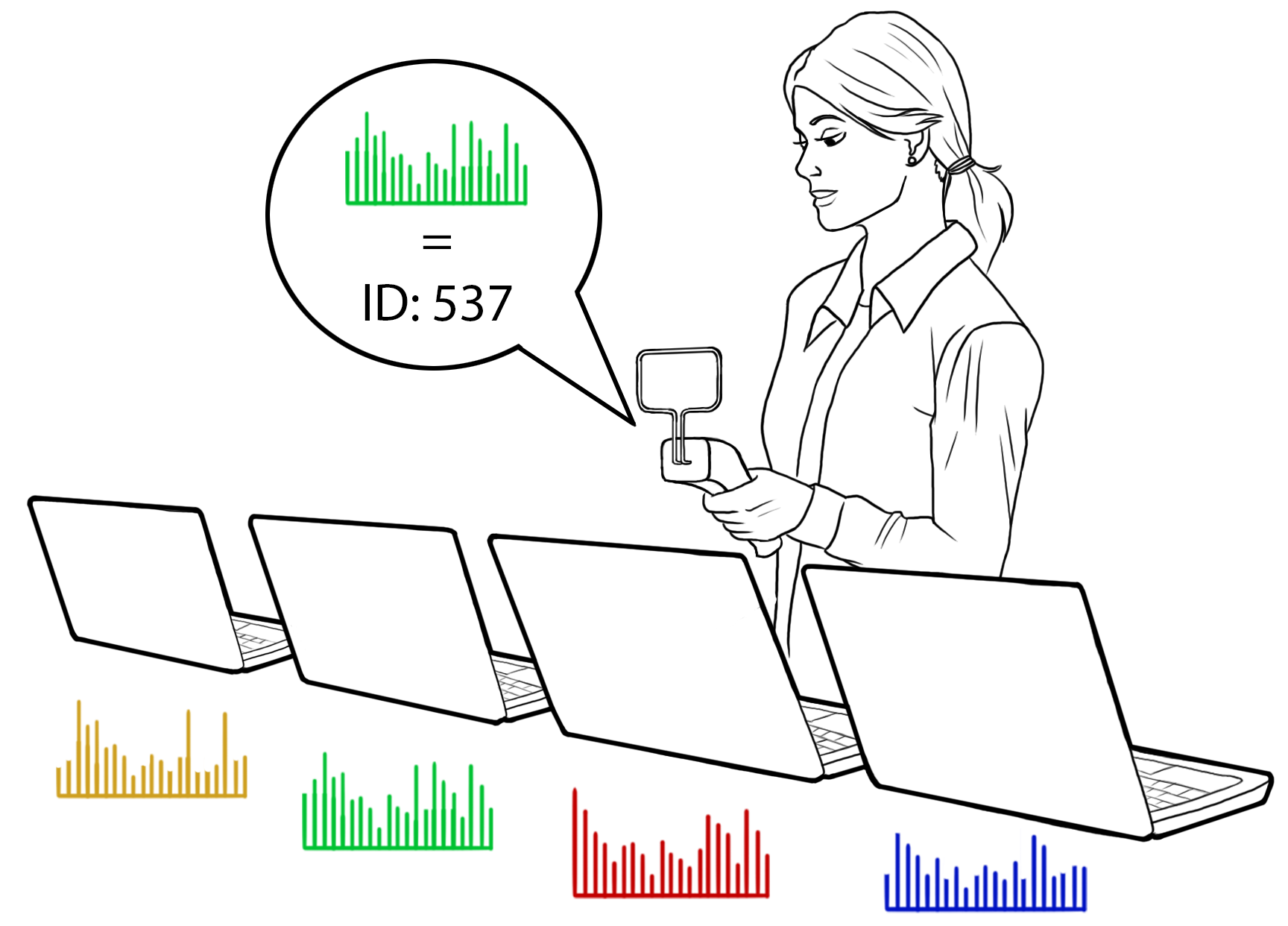This device can differentiate between two identical electronics
Disney researchers have now discovered that the radio frequency emissions that are given off by electronic devices like laptops and smartphones can be used to identify even identical devices in the same way a fingerprint can be used to identify a human.
The research team developed a method called called EM-ID, which can differentiate between devices of the same make and model, in most cases.

“The idea that these electronic devices have such distinctive RF emissions is astounding,” said Jessica Hodgins, vice president at Disney Research. “Our researchers were able not only to discover this phenomenon, but to develop a means of using it to identify devices right out of the box.”
Disney Research’s Chouchang Yang and Alanson P. Sample have been conducting research that proves that the electromagnetic (EM) noise s is distinctive enough to distinguish between general classes of objects like power tools, computers, household appliances, and automobiles, but the most recent research has taken it a step further — proving that it can even differentiate between objects of the same make and model.
“Electromagnetic emissions are highly structured and a direct manifestation of the circuits that generate them,”said Yang. “But variations in the manufacturing of all components and in final assembly create differences in the EM signal that enable us to differentiate, for example, a laptop computer from another laptop of the same make and model.”
According to Sample, their method is not perfect, though, since it is still possible for EM spectrums may overlap, making it hard to identify some objects.
When testing the method, the researchers discovered that they could successfully identify individual devices with 95% accuracy. When they tested the device on various iPhone 6 models, they delivered a 72% accuracy rate, while testing on toy light sabers produced a 100% accuracy rate.
The EM-ID system is comprised of a low-cost software-defined radio which acts as a reader. The EM signals are relayed to a computer, where they are processed to remove low-magnitude EM noise, leaving a number of frequency peaks that typically include between 1,000 and 2,000 elements.
Although there is further work to be done on the method, Sample believes that the signal processing and mathematical framework they’ve developed paves the way for employing electromagnetic emissions for identification purposes.
The group presented the method on May 3 at the IEEE International Conference on RFID 2016 in Florida.
Story via EurekaAlert.


Comments are closed, but trackbacks and pingbacks are open.